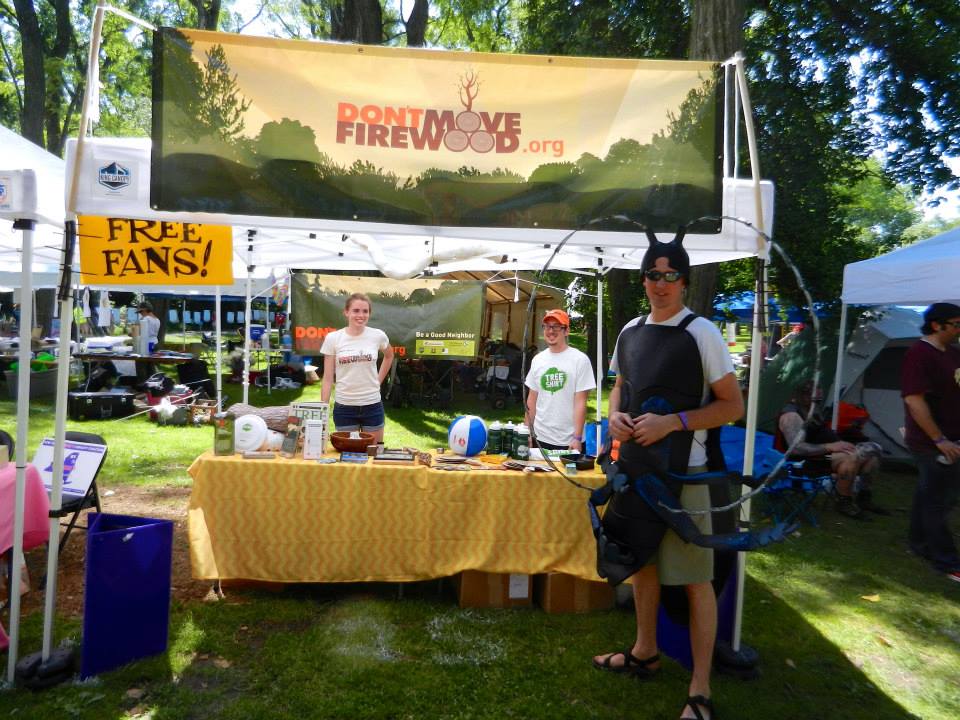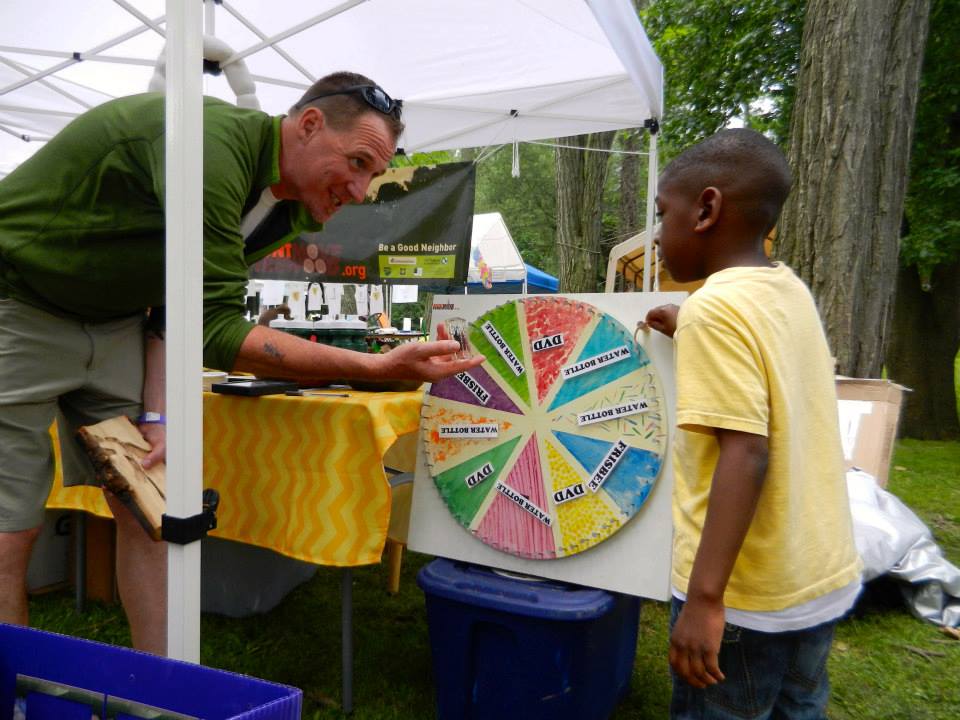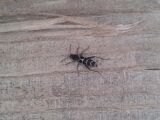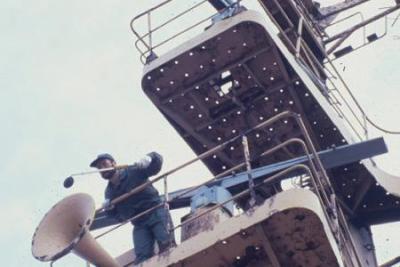Here at Don’t Move Firewood, we strive to supply any US-based* non-profit or local agency outreach professionals that come to us with supplies to aid in their own Don’t Move Firewood outreach efforts. That includes things like our brochures, temporary tattoos, stickers … you name it. So what’s our most popular item?
Temporary tattoos! And our stock varies over time! Sometimes we have many available, ready to ship out upon request, and other times we run out of all or some of our available bulk items.
Here’s what you can do to order temporary bug tattoos, which you can preview at our Resource Library by sorting by “Item Type: Temporary Tattoo”:
- First, reach out via our Contact Us form and ask us what bulk stock we have on hand of the items seen in the Resource Library, and we’ll let you know what is available.
- If we do not have what you are looking for, you can opt to either wait until it’s back in stock, or print your own using our digital design files. We are happy to send along those files to any educational, governmental, or non-profit entity. Printing your own temporary tattoos (and stickers) is very simple using popular online vendors, and we can walk you through it if that’s your best choice.
*please note that while we’d love to provide Canadian and Mexican partners with bulk outreach supplies, due to our funding mechanisms we cannot provide them pre-printed to partners in other countries. Instead, we are happy to work directly with you to send over digital design files so you can print them locally. Thank you for understanding.







